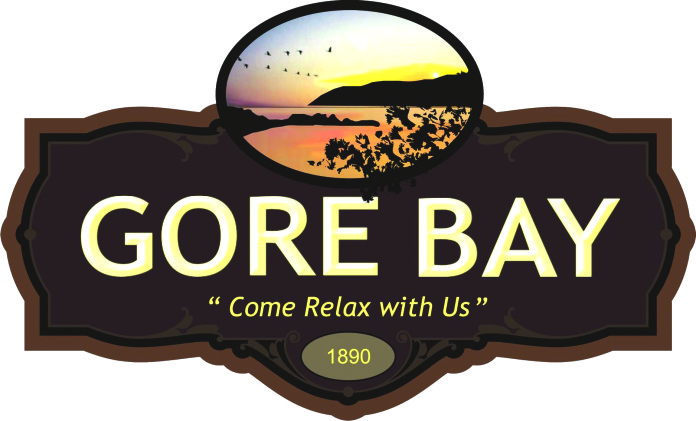The opinions of association founder Randy Hillier and the minister responsible for the bill not withstanding
To the Expositor:
I have read, with interest, comments by the Bruce Trail Conservancy (BTC), Hike Ontario, etc. and I would like to take this opportunity to expand on our information regarding Bill 100. As the BTC, Hike Ontario, etc. could be considered an “eligible body” in Bill 100, I am curious as to how unbiased their opinion is and how, unfortunately, there have been erroneous or misinformed statements. I am also curious as to how unbiased any opinion of the eligible bodies, or members of the Ontario Trails Council can be, considering Bill 100 was created for them. Whereas, the Ontario Landowners Association (OLA) statements, based in fact, are merely for the protection of private property owners.
Bill 100 states, under section 12 (3) the owner may grant an easement. From the Supreme Court of Canada, “The representation that he had an interest in land, which closely resembles an easement, was relied upon …A verbal agreement which has been partly performed will be enforced….” Also, one can go to Duhaime for the definition of “easement” of which verbal agreements are also mentioned.
Therefore, a verbal agreement can and is an easement, as it creates an interest for some other party. Merely because, in past interaction between any of the eligible bodies there hadn’t been registered easements, those agreements were easement, all the same. Now under Bill 100, section 12 (6) the eligible body shall (MUST) register the easement created, therefore neither the property owner or the eligible body have any choice, no matter what anyone, including the minister says. Everyone will be bound by the Act, wouldn’t one agree?
Secondly, nowhere in the Act are there exemptions for handshake deals, verbal deals or arrangements of that kind. The focus of the bill was solely for the expansion and protection of the eligible bodies and their mandate. There is nothing in this bill for the protection of the private property owner whatsoever.
Thirdly, there have been statements in other media forums where it has been stated that: “The truth about trails is that they actually enhance the property value.” I would suggest that property owners investigate comments made to the EBR 011-9565 Comment I.D. Number 160911, from an admitted lawyer, pertaining to the value of land. It is stated: “With respect to easements, registered easements do negatively impact property values and can make a property harder to sell.”
And finally it is felt that the OLA may continue refuting the misinformation disseminated by any entity, considering comments expressed on EBR 011-9565 which consist of:
“Comment I.D. 160800: …people visiting it and the community (Your Brain on Nature, Last Child in the Woods, Suzuki Fnd, OMNR: Estimating Ecosystem Services in S. Ontario)…
5. The Ontario Heritage Act or the Conservation land Act shall be modified to allow owners of trail easements to enforce access against private owners who have granted access for a term, and 9. The Ontario Planning Act shall be modified to ENCOURAGE severances for the purpose of allowing accredited conservation organizations to create nature reserves …without meeting conditions for more than modest “road” access and without meeting “normal” lot size, configuration, waste disposal, or property taxation requirements.”
The OLA is merely relaying proper information to ensure that those who have allowed trails, to have the information needed, to protect their private property and their rights.
Elizabeth Marshall
Director, Canadian Justice Review Board
Director of Research
Ontario Landowners Association



